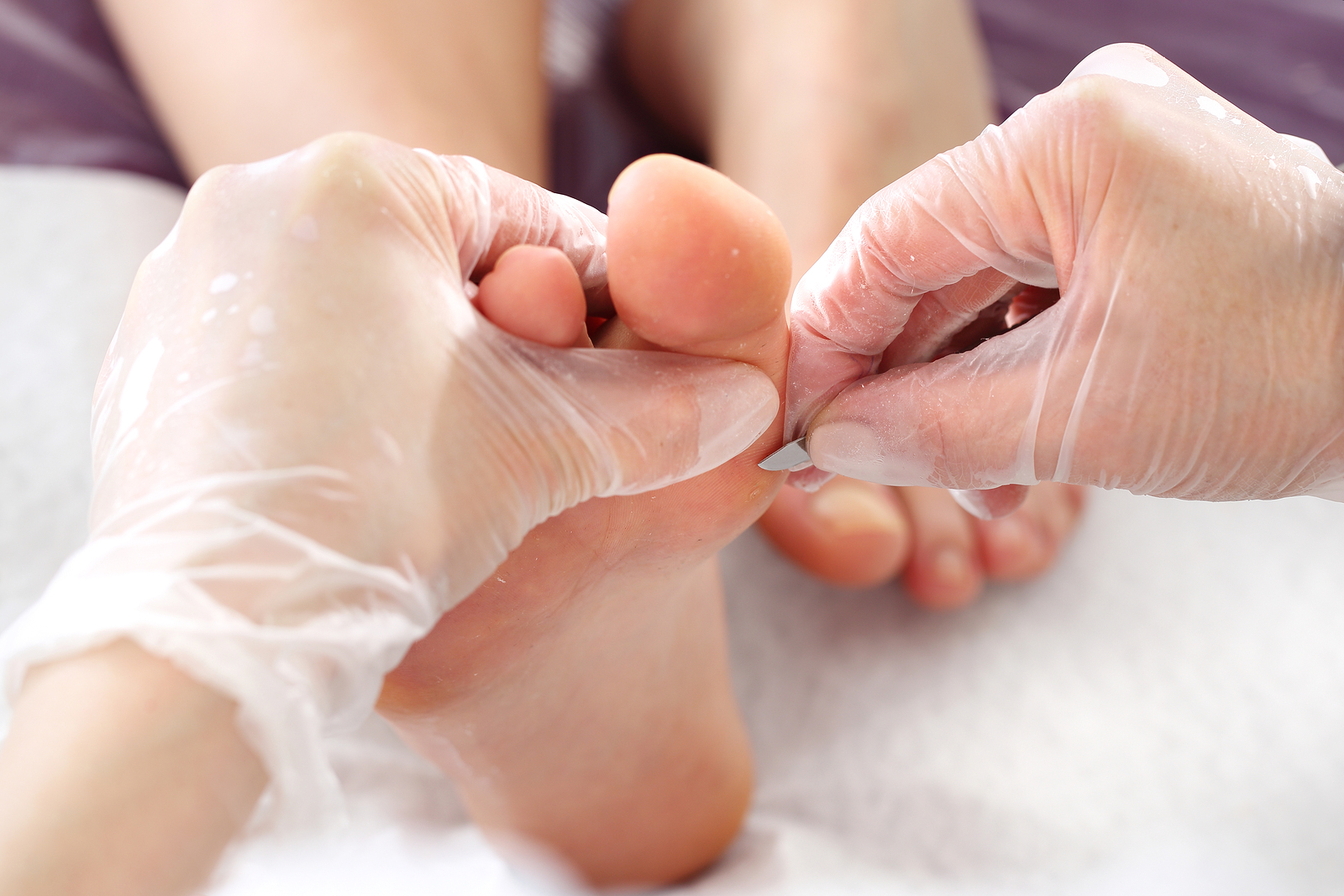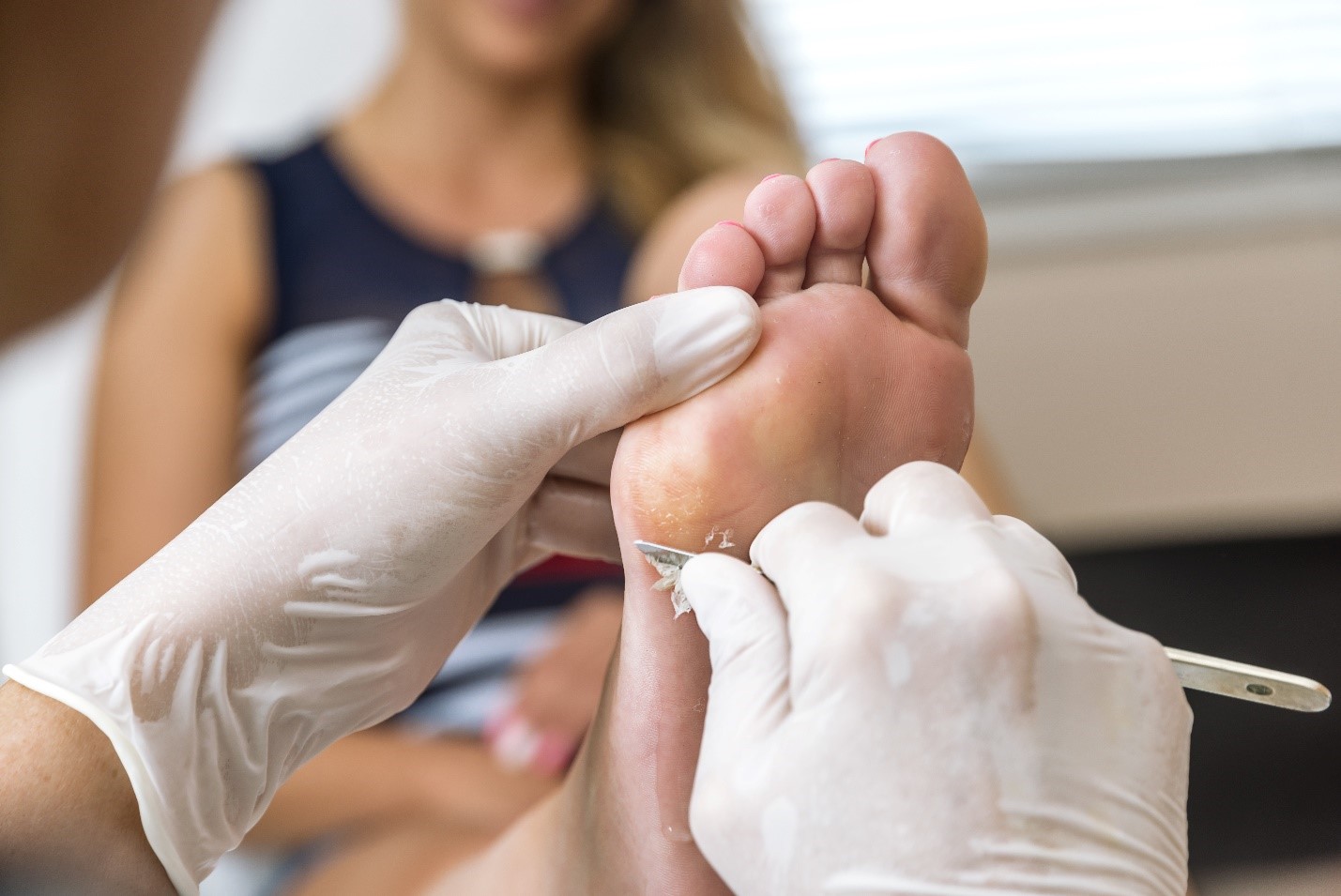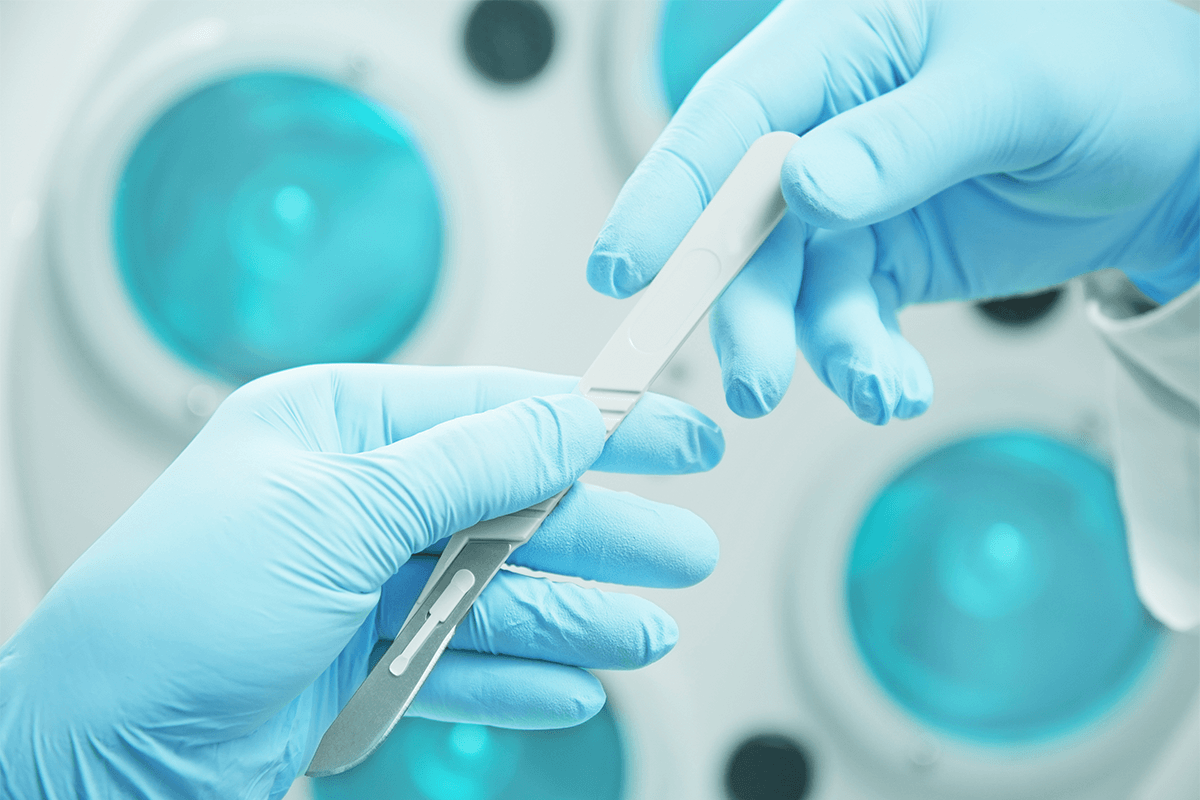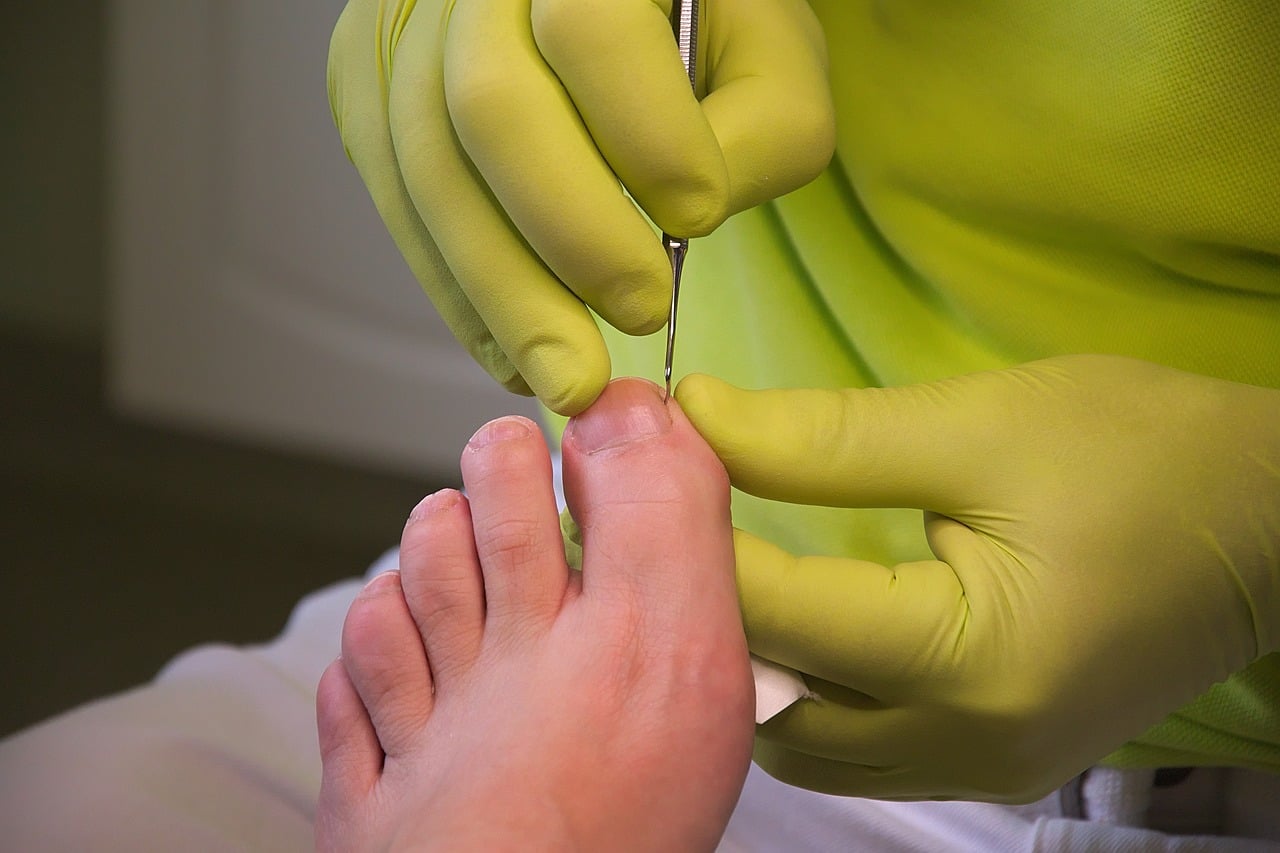Podiatry, the study and treatment of conditions affecting the feet and lower legs, involves the use of sharp instruments, such as scalpels, needles, and forceps, which can pose a risk of injury to podiatrists and other healthcare workers. Sharp injuries in podiatry can have serious consequences, including infection, emotional distress, and potential legal and financial …
Continue reading<span class="screen-reader-text"> "Sharps Injuries in Podiatry"</span>






